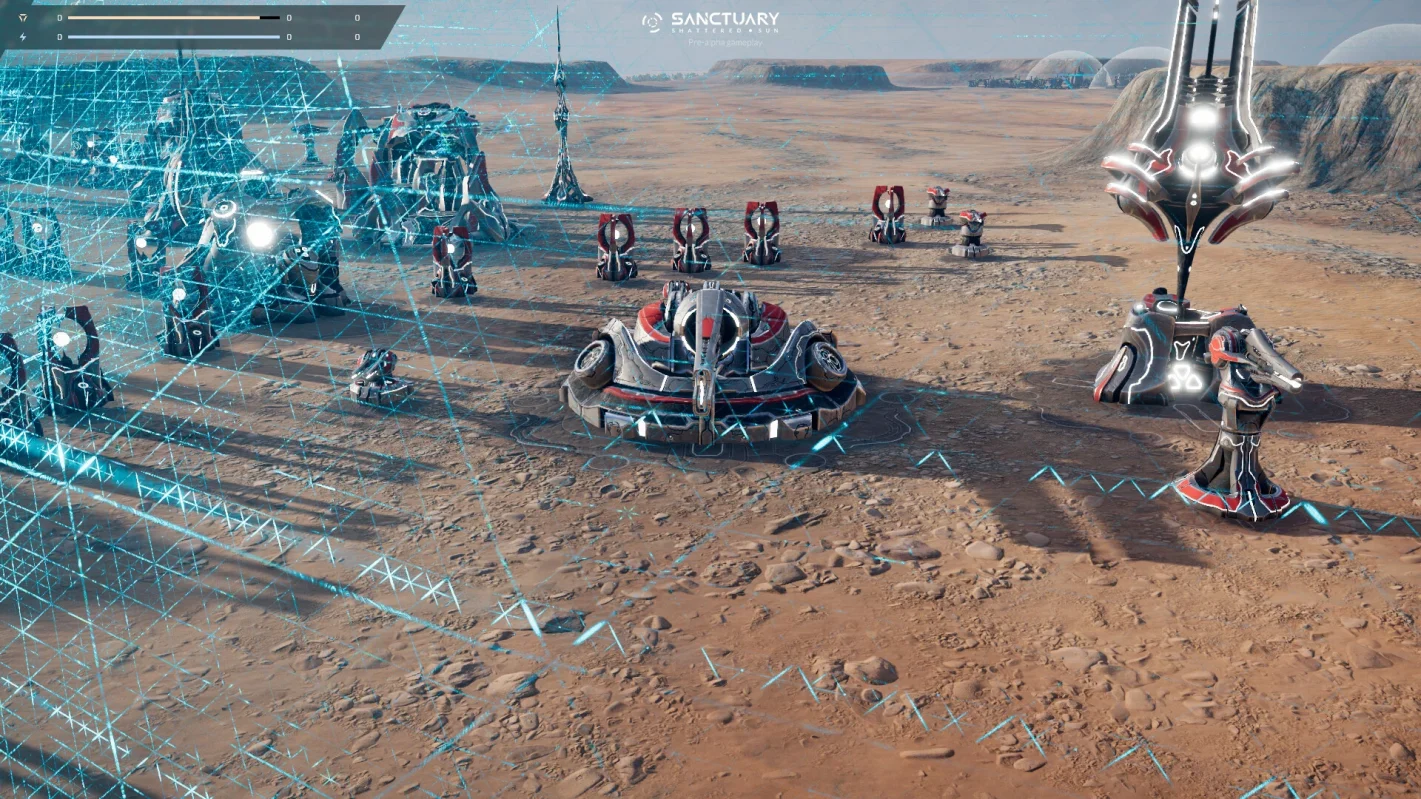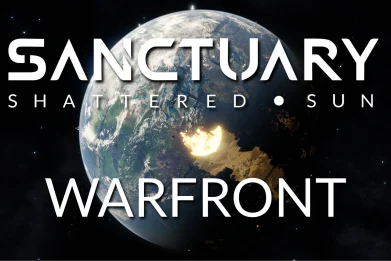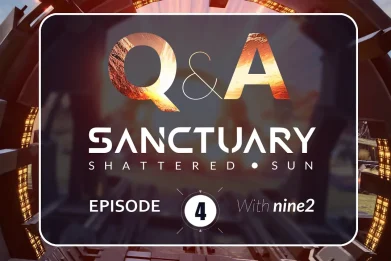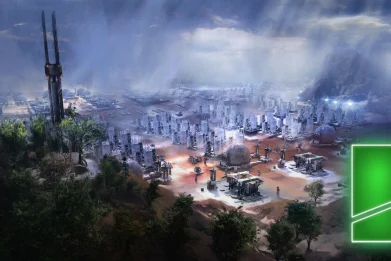Sanctuary: Shattered Sun skips Steam Workshop entirely. The developers are building their own mod client from the ground up, and they have good reasons for it.
Steam Workshop doesn’t give developers file control. When players can edit unit stats locally through Workshop mods, multiplayer breaks, desyncs happen and exploits emerge. Games fall apart because one player’s modded point defence cannon does different damage than everyone else’s. Workshop lacks the infrastructure to prevent this mess.
Sanctuary’s custom launcher solves these problems. It handles file matching between players. It automatically downloads required mods for multiplayer sessions. It locks out cheats that would break competitive play. The system ensures everyone runs identical files when they connect to a match.
The mod manager resembles FAF’s Sim Mod Manager, which has proven itself in the Supreme Commander community for years. Players upload and download mods directly through the game interface. They enable or disable specific modifications as needed. When joining multiplayer, the system automatically syncs required mods across all participants.

What You Can Mod
Gameplay modding runs deep. Unit stats, behaviour patterns, economy systems, shield mechanics – all open for modification. Modders can disable specific units like game-ending T5 superweapons or completely rebalance faction strengths. Adding new units works. Removing existing ones works too.
The seasonal Warfront mode shows how flexible the underlying systems are. Official seasonal content could change tech trees, adds temporary units, and applies faction-wide buffs. This structure suggests the meta layer could support extensive modding as well.
Maps and campaigns are fair game for modders. Custom factions can be created and distributed. The developers expect the modding community to expand the game in directions they never anticipated.
What You Can’t Mod (Yet)
UI modding exists on the roadmap but ranks as low priority. The team acknowledges demand from Supreme Commander veterans who want customizable interface elements like economy bars and unit panels. Implementation will come eventually, not at launch.
Camera modding isn’t happening (yet). Zoom angles and camera behaviour live in hardcoded engine systems, not in accessible Lua scripts. Moving these systems into Lua would enable full camera modification, but the developers make no promises about when or if this will happen.
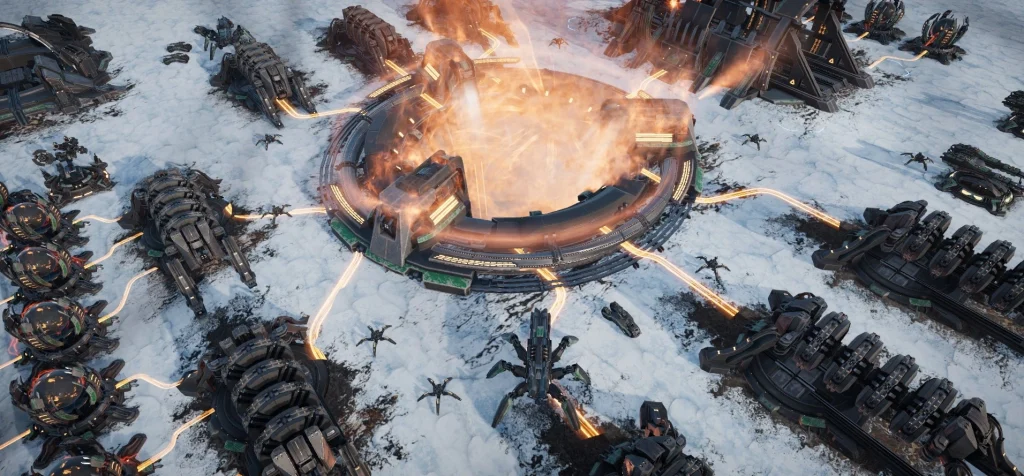
DLC vs Community Content
Official DLC will offer higher production values than community mods, but it won’t lock modders out of any content types. If DLC adds new factions, modders can still create their own factions. If DLC introduces new campaign mechanics, modders can build their own campaigns using the same tools.
The system design treats community content as parallel development rather than secondary content. Modders get access to the same fundamental systems that power official content.
Why This Approach Works
FAF proved that community-managed mod distribution works better than Steam Workshop for RTS games. The Supreme Commander community has maintained active modding for over a decade using similar infrastructure. Sanctuary’s developers learned from that success rather than reinventing solutions to solved problems.
Custom launchers require more development work upfront, but they provide better long-term stability. Players won’t face Workshop downtime. Mod compatibility stays consistent. Multiplayer synchronization actually functions.
Sanctuary’s modding support launches with the game, not as an afterthought patched in months later. The infrastructure exists from day one because the developers built it into their core systems rather than bolting it onto an existing framework that wasn’t designed for extensive modification.




